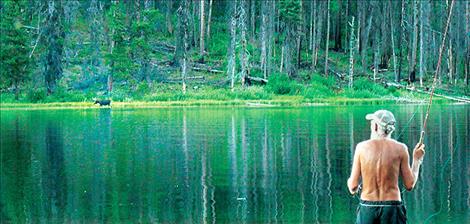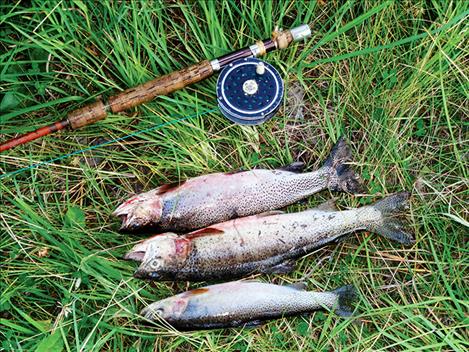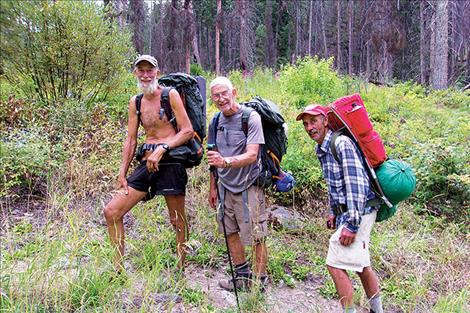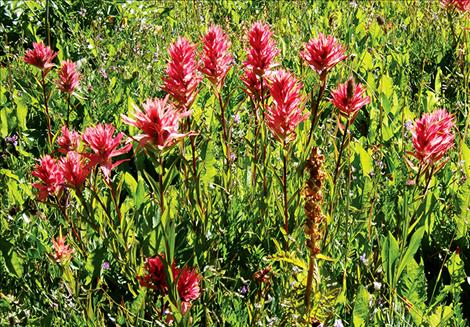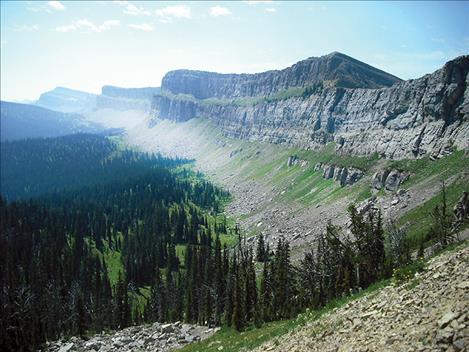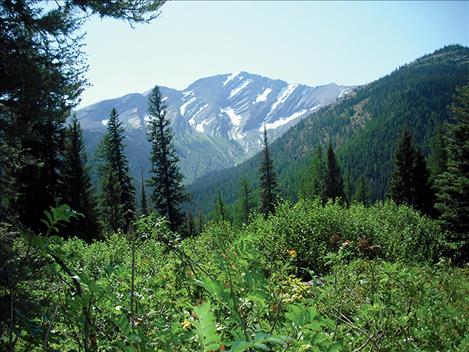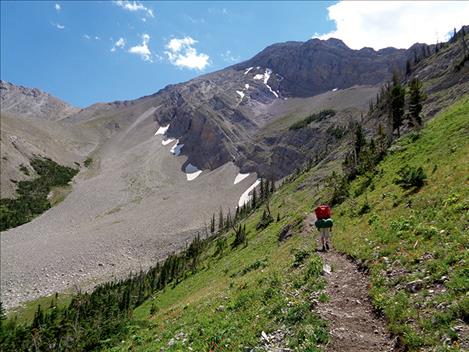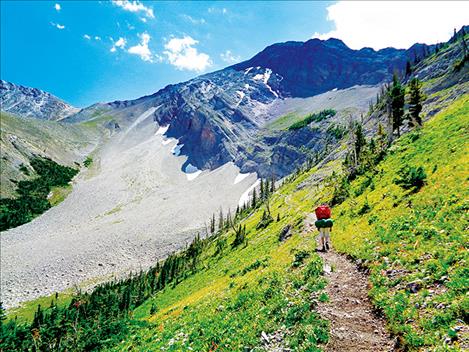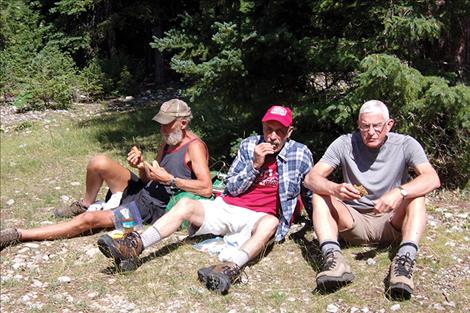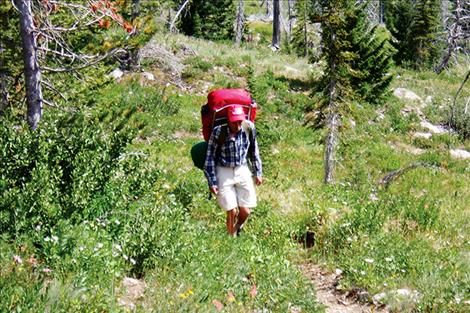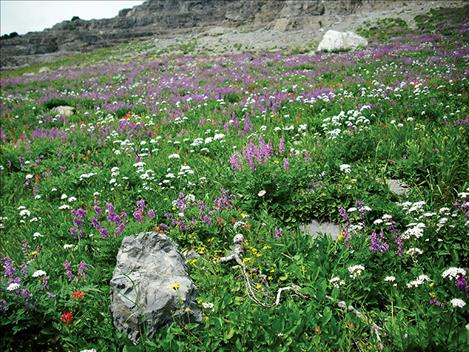Retired foresters make epic hike
Hey savvy news reader! Thanks for choosing local.
You are now reading
1 of 3 free articles.
Dave Fauss always wanted to hike over the Bob Marshall wilderness, back behind the Mission Mountain Range, and cross the experience off of his bucket list.
At 75 years old, a plan started to fall into place. One of his friends, Mark Lewing, 70, was planning a trip, and Fred Friesz, 70, also wanted to go, so they started planning a 100-mile trip together.
The Bob Marshall Wilderness, to Fauss, wasn’t just another pretty landscape. It stuck in his mind as something to tell his grandkids about because of the person it was named after. “Bob Marshall was the heartiest of hikers in the history of Montana, hiking 40 miles in one day; he was a legend,” Fauss said.
The three hikers have a bit of an advantage: they are retired foresters. They went to the University of Montana together back in the mid-60s.
Fauss worked with the Bureau of Land Management and currently lives in Oregon, although he once lived in Lake County. Lewing retired from the Montana Department of Natural Resources and lives near Stevensville.
Friesz lives in Polson and recently retired from the Confederated Salish Kootenai Tribes Forestry Department after working as a forester for 35 years.
On Saturday, July 30, the trio put on packs averaging 35-pounds each and started hiking from the South Fork Teton River Trailhead located about 23 miles west of Choteau.
They headed west over Headquarters Pass on the north flank of the Rocky Mountains, which is the highest peak in the Bob Marshall Wilderness.
“Several mountain goats were spotted near the pass,” Fauss said.
Friesz looked out over the high mountains where many wildflowers grow. He said it was an impressive sight.He later thought the Chinese Wall was equally impressive.
“I’ve always liked the high country,” he said.
He spent most of his time as a forester out in the wilderness marking trees for timber sales, so he’s in pretty good shape, but climbing the steep terrain was still difficult.
The first day of the hike they crossed over the Sun River and camped at Gates Park.
“We knew we had enough food,” Fauss said. Although, he felt like the team might have had too much trail mix. Dinner was usually Ramen noodles supplemented by fish. Lewing caught three nice cutthroat trout for dinner one night. Breakfast was made with small packets of oatmeal and raisins with hot chocolate or Tang to drink.
Hiking isn’t a new adventure for the three men. On June 24, 1965, Friesz and Fauss climbed McDonald Peak together in the rain. They went up over the divide to discover 18 inches of snow that required crampons and an ice pick to get through.
“We were both strong hikers so we plowed our way to the top,” Fauss said.
It was too wet and soggy to camp after the sun melted some of the snow, so the two hiked out without flashlights.
“I don’t know what we were thinking,” he said. “Trips like that were some of the crazy things we would do, but then, we were 50 years younger.”
Lewing also went on many hiking adventures.
“Mark is a real mountaineer,” Fauss said. “He hikes like a 30-year-old and never gets tired.”
On the hike through the Bob Marshall, Lewing lost his bed roll and decided to hike back to get it. He ended up hiking several miles before finding it and didn’t catch back up with the group until the next morning.
During the eight-day hike, Fauss broke one walking stick and one of the lenses popped out of his glasses, but once a Boy Scout always a Boy Scout, so he was prepared with a small screwdriver, which was helpful because the group got to see wildlife of all kinds.
At Big Salmon Lake, the largest lake in the Bob Marshall, they spotted loons with beautiful haunting sounds, deer, beaver, and moose. It was a lake Lewing always wanted to see. They eventually saw a mature black bear later on the trail that ignored the hikers.
The trio averaged 12 miles each day. The most difficult part of the trip occurred during the last two days. They headed up to Albino Creek Basin and started to ascend through heavy brush.
It was getting late and they hadn’t found a flat spot near water to camp, and they were tired, so they made do on a night when there were few stars in the sky. Fauss found a little spot behind a tree to curl up for the night, Friesz found another tree, and Lewing made a place to bed down next to a log.
“We just crashed,” Fauss said.
The next day they continued hiking over the Cooney Mountain at the crest of the Swan Range with goat trails to follow in the sub-alpine meadows.
“The final challenge was to find a passage through rock cliffs on the north side of this pass in order to traverse two miles to Smith Creek Pass, where a good trail led down to a trailhead in the Swan Valley,” Fauss said.
On Sat., Aug. 6, the slightly skinnier crew finished the eight day, 95-mile hike after crossing several mountain passes and gaining 15,000 feet in elevation.
“It was a tremendous experience,” Fauss said. “It’s one of those things I can check off my bucket list.”
















